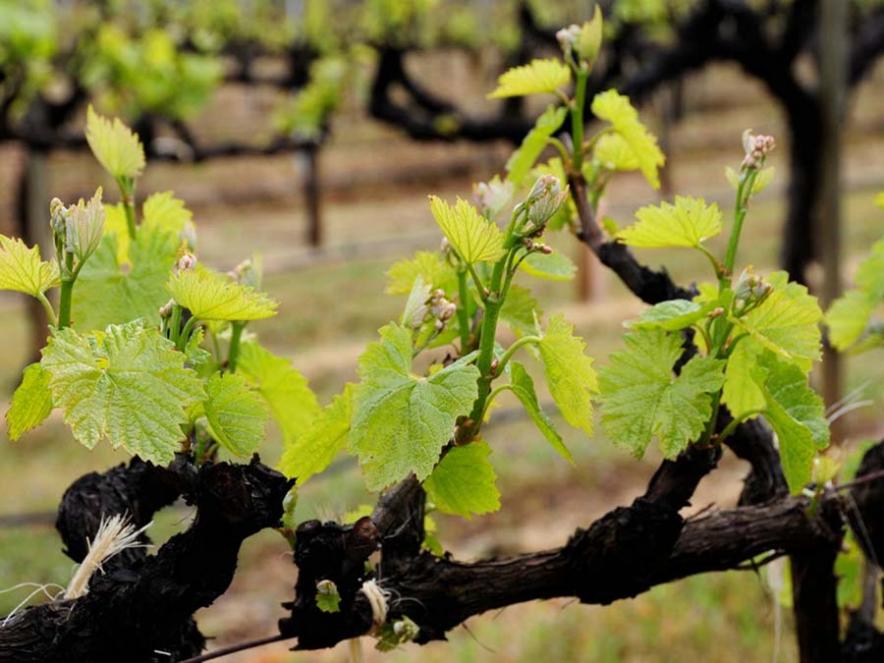John 15:4: Abide in Me, and I in you.
Springtime in Sonoma Country means bud-break, that time of the year when thousands of acres of vines awaken from their long winter’s nap, and leaves begin bursting from the trunks. You can practically hear life surging through the vineyards. Then there is the delight of that morning when you spot the first tiny cluster of grapes.
But, as every vineyard manager knows, as days warm and soil temperatures rise, there is danger, as well.
~~~~~~~~~~~~~~~~~~~~~~~~~~~~~~~~~~~~~~~~
It isn’t, in fact, little foxes that spoil the vines anymore.
Foxes aren’t much of a problem in most modern-day vineyards. The danger is much smaller and more insidious.
In 1863, French vineyards began dying. Not good news in a country where wine had been produced for 2,500 years. At first, the cause was a mystery, although the possibility that it was a pest was dismissed. Sure, those little “lice” were all over the roots, but they weren’t the problem. They only attached to the roots of the vines after the vines were already sick.
Not true. Microscopic in size, the phylloxera aphid has a proboscis with both a feeding tube and a venom canal. So while it is sucking in the vine sap and nutrients, it is also injecting a deadly poison. When the sap pressure falls, the little beast moves on from the now-dying vine to its next victim.
Within thirty years, the Great French Wine Blight devastated 75% of the vineyards in France, and half the vineyards in Europe.
Most likely the bug arrived on vines sent to France from the eastern U.S. for scientific study or as museum specimens. To this day there is no sure way to eradicate it, except one: prevention. Once phylloxera is established, the only effective control is to replace the vines with rootstock that resists the disease.
Where did the French find phylloxera-resistant rootstock? You may not believe this: in the U.S.—from a wild grape found in the central Texas hill country. In 1873, an outbreak in California also caused 1 billion dollars in damage. This epidemic was halted with native rootstock from the Mississippi Valley.
Of course, all of the infected vineyards across Europe and in California had to be completely torn out and the vines burned. Imagine the ravaged legacies. Livelihoods gone. Families devastated. We know now that it’s a waste of time to plant rootstock that is not phylloxera-resistant. And only vines that have been carefully inspected and— if needed—quarantined are grafted onto that rootstock.
I think about this when reading the Gospel of John, chapter 15. Sitting at the table in that candle-lit room, having just shared the bread and the wine, Jesus’ words pour over His disciples one last time:
I am the rootstock. You are the branches. If you remain in Me and I in you, you will be very fruitful.
Sin is toxic in all its forms. But the modus operandi of ruination is always the same – infect and destroy. We can’t graft a sort-of-repentant life onto the True Vine. Aphids are prolific reproducers. They’ll lay eggs under a leaf of our lives here, be hatching over there, and before we know it, we’re a withered, brown mess.
With Christ, it’s all in. He wants to thoroughly decontaminate us through redemption. Only then are we ready to be grafted onto the life-giving health of the True Vine. And remember: this is a critical truth for new Christians, full of terrific promise for the future.


wonderful!!!! thank you and God bless–Robin
Debra thanks so much for this devotional. God bless you.
Thank you for your response, Floyd. May the Lord bless you, as well.